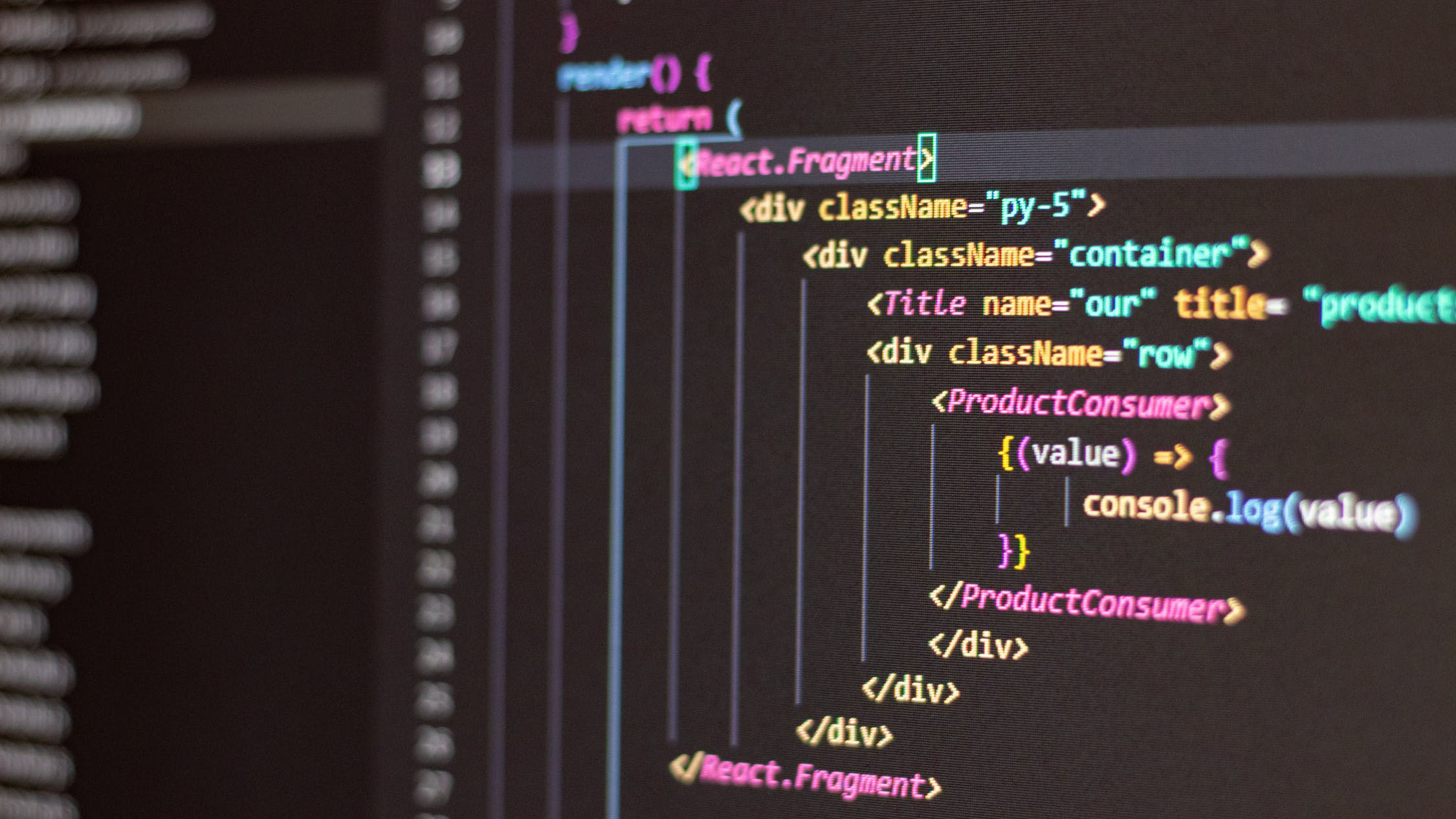 Already, in Silicon Valley, the Google bus has become a symbol of this inequity. These ultra-luxurious, Wi-Fi–connected buses take workers from the Mission district to the GooglePlex, in Mountain View. The Google Bus is not atypical; most major tech companies offer such transport now. But so divisive are they that in usually liberal San Francisco, activists scream angrily about the buses using city streets and bus stops, completely ignoring the fact that they also take dozens of cars off the roads.
Teslas, too, have become symbols of the obnoxious techno-elite—rather than being celebrated for being environmentally game-changing electric vehicles. In short, there’s very little logic to the emotionally charged discussions—which is the same as what we are seeing at the national level with the presidential primaries.
Intellectuals are trying to build frameworks to understand why the divide, which first opened up in the 1990s, continues to worsen.
Thomas Piketty explained in his book Capital in the Twenty-First Century that the economic inequality gap widens if the rate of return on invested capital is superior to the rate at which the whole economy grows. His proposed response is to redistribute income via progressive taxation.
A competing theory, by an MIT graduate student, holds that much of the wealth inequality can be attributed to real estate and scarcity. Silicon Valley has both: an explosion in wealth for investors and company founders, and a real-estate market constrained by limits on development.
We need to immediately address San Francisco’s housing crisis and raise wages for lower-skilled workers.
Both are possible; the region has enough land, and the industry has enough wealth. In the longer term, we will also need to develop safety nets, retrain workers and look into the concept of a universal basic income for everyone.
It is time to start a nationwide dialogue on how we can distribute the new prosperity that we are creating with advancing technologies.
Already, in Silicon Valley, the Google bus has become a symbol of this inequity. These ultra-luxurious, Wi-Fi–connected buses take workers from the Mission district to the GooglePlex, in Mountain View. The Google Bus is not atypical; most major tech companies offer such transport now. But so divisive are they that in usually liberal San Francisco, activists scream angrily about the buses using city streets and bus stops, completely ignoring the fact that they also take dozens of cars off the roads.
Teslas, too, have become symbols of the obnoxious techno-elite—rather than being celebrated for being environmentally game-changing electric vehicles. In short, there’s very little logic to the emotionally charged discussions—which is the same as what we are seeing at the national level with the presidential primaries.
Intellectuals are trying to build frameworks to understand why the divide, which first opened up in the 1990s, continues to worsen.
Thomas Piketty explained in his book Capital in the Twenty-First Century that the economic inequality gap widens if the rate of return on invested capital is superior to the rate at which the whole economy grows. His proposed response is to redistribute income via progressive taxation.
A competing theory, by an MIT graduate student, holds that much of the wealth inequality can be attributed to real estate and scarcity. Silicon Valley has both: an explosion in wealth for investors and company founders, and a real-estate market constrained by limits on development.
We need to immediately address San Francisco’s housing crisis and raise wages for lower-skilled workers.
Both are possible; the region has enough land, and the industry has enough wealth. In the longer term, we will also need to develop safety nets, retrain workers and look into the concept of a universal basic income for everyone.
It is time to start a nationwide dialogue on how we can distribute the new prosperity that we are creating with advancing technologies.Technology and the Economic Divide
It is time to start a nationwide dialogue on how we can distribute the new prosperity that we are creating with advancing technologies.

 Already, in Silicon Valley, the Google bus has become a symbol of this inequity. These ultra-luxurious, Wi-Fi–connected buses take workers from the Mission district to the GooglePlex, in Mountain View. The Google Bus is not atypical; most major tech companies offer such transport now. But so divisive are they that in usually liberal San Francisco, activists scream angrily about the buses using city streets and bus stops, completely ignoring the fact that they also take dozens of cars off the roads.
Teslas, too, have become symbols of the obnoxious techno-elite—rather than being celebrated for being environmentally game-changing electric vehicles. In short, there’s very little logic to the emotionally charged discussions—which is the same as what we are seeing at the national level with the presidential primaries.
Intellectuals are trying to build frameworks to understand why the divide, which first opened up in the 1990s, continues to worsen.
Thomas Piketty explained in his book Capital in the Twenty-First Century that the economic inequality gap widens if the rate of return on invested capital is superior to the rate at which the whole economy grows. His proposed response is to redistribute income via progressive taxation.
A competing theory, by an MIT graduate student, holds that much of the wealth inequality can be attributed to real estate and scarcity. Silicon Valley has both: an explosion in wealth for investors and company founders, and a real-estate market constrained by limits on development.
We need to immediately address San Francisco’s housing crisis and raise wages for lower-skilled workers.
Both are possible; the region has enough land, and the industry has enough wealth. In the longer term, we will also need to develop safety nets, retrain workers and look into the concept of a universal basic income for everyone.
It is time to start a nationwide dialogue on how we can distribute the new prosperity that we are creating with advancing technologies.
Already, in Silicon Valley, the Google bus has become a symbol of this inequity. These ultra-luxurious, Wi-Fi–connected buses take workers from the Mission district to the GooglePlex, in Mountain View. The Google Bus is not atypical; most major tech companies offer such transport now. But so divisive are they that in usually liberal San Francisco, activists scream angrily about the buses using city streets and bus stops, completely ignoring the fact that they also take dozens of cars off the roads.
Teslas, too, have become symbols of the obnoxious techno-elite—rather than being celebrated for being environmentally game-changing electric vehicles. In short, there’s very little logic to the emotionally charged discussions—which is the same as what we are seeing at the national level with the presidential primaries.
Intellectuals are trying to build frameworks to understand why the divide, which first opened up in the 1990s, continues to worsen.
Thomas Piketty explained in his book Capital in the Twenty-First Century that the economic inequality gap widens if the rate of return on invested capital is superior to the rate at which the whole economy grows. His proposed response is to redistribute income via progressive taxation.
A competing theory, by an MIT graduate student, holds that much of the wealth inequality can be attributed to real estate and scarcity. Silicon Valley has both: an explosion in wealth for investors and company founders, and a real-estate market constrained by limits on development.
We need to immediately address San Francisco’s housing crisis and raise wages for lower-skilled workers.
Both are possible; the region has enough land, and the industry has enough wealth. In the longer term, we will also need to develop safety nets, retrain workers and look into the concept of a universal basic income for everyone.
It is time to start a nationwide dialogue on how we can distribute the new prosperity that we are creating with advancing technologies.






